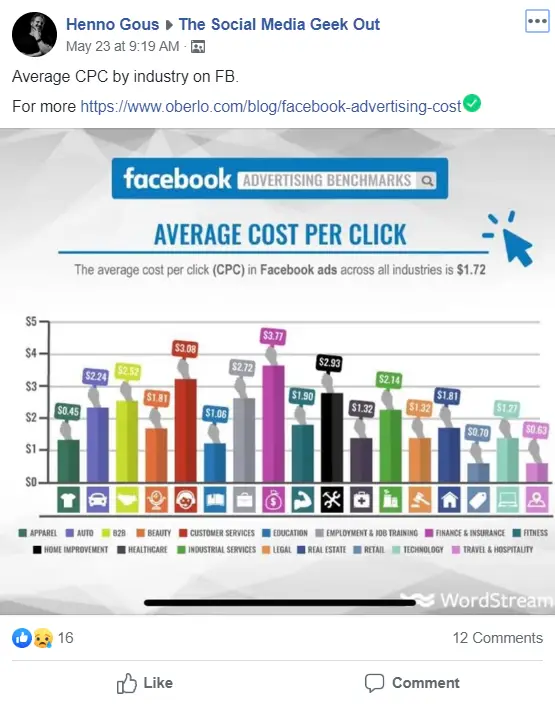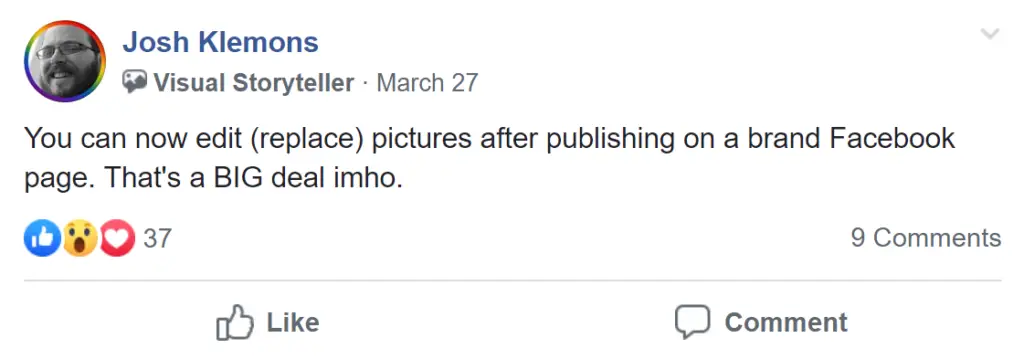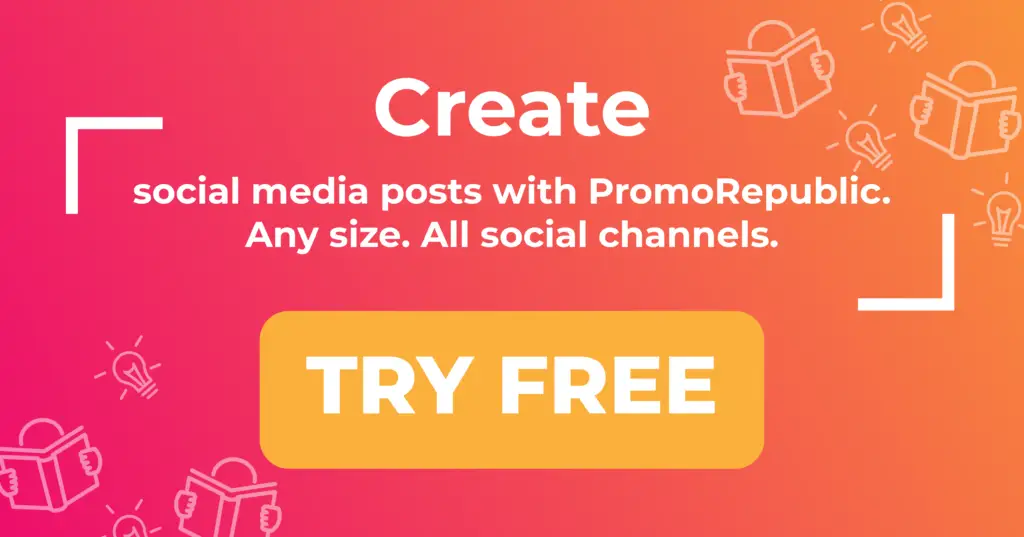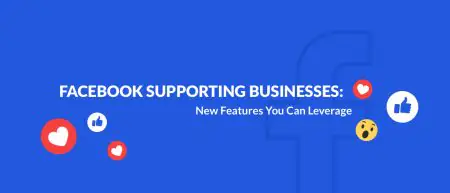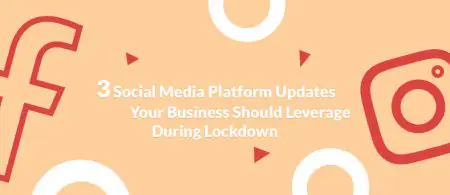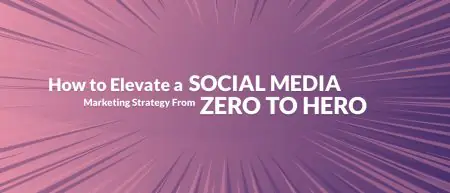Always-Up-to-Date List of Social Media Abbreviations

Content Marketing Manager
Social media always dictates its own rules. Acronyms and abbreviations, for example, have become the part of the unique language spoken on social. If you don’t know the terms, you may be in deep trouble. Imagine coming to a foreign country without knowing the language. Exactly! You’ll feel the same on Twitter or Instagram if you happen to have no clue about popular shortenings. Or at a business meeting, where social media acronyms have spread to simplify communication.
- Why Use Acronyms for Social Media?
- Social Media Network Abbreviations
- Business Acronyms
- Technical Abbreviations and Acronyms
- Top Funny Social Media Acronyms
Why Use Acronyms for Social Media?
The “less-is-more” philosophy was not long in coming to social media. The main reason we got used to abbreviating words or phrases was to save time, effort, and space on social. The optimal length of social media posts (speaking of Twitter in particular) has put a limit on the number of characters one can use when writing posts. People would expect more information but in a concise laconic way. The truth is that with abbreviations and acronyms, we can say more in less time. Who would exchange brevity for the repetitive use of long, cumbersome titles anyway?
Sure thing. Let’s not forget that every social media network started with texting. To speed up the process of writing, people invented a new natural way to express themselves. But sometimes it’s just too much and not every acronym can be immediately understood. I hope our cheat sheet of abbreviations for social media will clear many things up and help you be in the mainstream. The acronyms follow an alphabetic order.
Social Media Network Abbreviations
First things first, I’ll mention social networking abbreviations that are tightly connected to different channels of communication we use.
- FB for Facebook.
- IG for Instagram.
- LI for LinkedIn.
- YT for YouTube.
Personally, I use the first one all the time. Do you?
SoMe: Social Media, of course 🙂
DM: The acronym stands for “Direct Message,” which is a private message sent on Twitter or Instagram that only two individuals can see.
MT: If you’ve changed what has been initially written in a tweet when resharing it, for example, you’re now dealing with a “Modified Tweet.”
PM: While DM is more popular on Instagram, “Private message” is more of a basic general term for communication between two people invisible to the public.
RT: This combination of letters is commonly used to ask someone to “Retweet” your post. Asking for retweets in your text can get you 4 times more retweets. Just insert the “Please RT” message into your post.
I took these pictures and made them into wallpapers. Enjoy!????
Please RT ✊???? pic.twitter.com/w0v1TeIdJG
— Niyi (@theniyifagbemi) June 17, 2019
Business Acronyms
To start with, business acronyms are my favorite because they are recognized by people who work around them every day.
B2B: As a shorthand for “business to business,” this model means that a company sells services or goods to another company.
B2C: Contrary to B2B, “business to consumer” anticipates that the company sells its products or services to individuals, not companies as a whole.
CMGR: “Community manager,” or a person who maintains the communication with the company’s network of people to engage, educate, and convert.
CMS: You’ve definitely heard of it before. It’s a “content management system,” like WordPress, or any other tool you utilize to edit, schedule, or publish something on the web.
CPC: This term is used in paid marketing and stands for the “cost per click.” It is the amount of money an advertiser can pay for every website visitor who’s clicked on an ad.
CPM: Also used in paid marketing. “Cost per thousand” designates an ad’s impressions on viewers rather than its clicks.
CR: The “conversion rate” measures the number of people who took action. This can relate to signup or any other form you put on your website.
CTA: “Calls to action” are practically everywhere. You’ve probably seen words like buy, read, click, follow, and other ones asking people to perform an action on social. We use this social media acronym in the context of discussions on how to create a killer CTA.
CTR: If you measure how many times users click on a link, you measure the “clickthrough rate.” CTR is a specific type of a conversion rate showing the number of clicks. Not surprisingly, you’ll come across this acronym in Analytics pages on every social channel.
KPI: Measuring success, you use a metric called “key performance indicator.” It is a number revealing what you’ve achieved from your initially set goals. Social media managers would usually measure engagement in the form of likes, shares, and clicks.
PPC: The same as cost per click, “pay per click” is a metric to measure advertising costs.
PV: I rarely see it on social, but this acronym stands for “page views.”
P2P: In addition to B2B and B2C, marketers have also invented “person to person,” meaning that organizations should be more human and user-oriented.
ROI: This one is probably one of the most widely used acronyms on social, which stands for “return on investment” and sums the money you make in relation to the money you’ve already spent to make it. When it comes to this acronym used for social media, marketers usually evaluate the results of certain promotional or advertising efforts.
What ROI means to Jennifer Garner https://t.co/ViuiGoSqQj pic.twitter.com/qnGFyLFhRo
— ForbesWomen (@ForbesWomen) June 20, 2019
Technical Abbreviations and Acronyms
API: This abbreviation stands for “application programming interface” and means a set of rules, functions, and procedures describing how pieces of software interact. Social media management tools utilize the APIs of different networks like Facebook, Twitter, etc. to post and schedule.
ESP: Stands for “email service provider” which you may use or have used already for sending emails. Personally, I like using MailChimp for my email campaigns and Docsify for understanding reader behavior.
HTML: Recognize these letters? What they stand for is “hypertext markup language,” the coding language most website designers and developers use to build their webpages.
RSS: A “really simple syndication” is a feed that pulls all pieces of content from different web platforms in one convenient place so you don’t have to navigate through different sources that you’re interested in.
SaaS: “Software as a service” is a specific method of delivering software to a user. In the case of SaaS, you can access the software online.
“Designing for B2B and Enterprise SaaS” - @vmptra https://t.co/24FDb0l9rT pic.twitter.com/20f5ILWGZG
— Alessa (@AlessaGross) June 20, 2019
SEM: The term can be deciphered as “search engine marketing.” Search engines can help your business in many ways. First, you can optimize your content to appear higher in search. Second, you can do paid advertising. Marketers usually use search engines with both purposes in mind.
SEO: The term stands for “search engine optimization” and designates efforts you put into making your website visible to more people on various search engines, like Google or Bing. There are many factors that account for good SEO. Refer to Neil Patel or Brian Dean’s blogs to learn more.
TOS: What do you hate to read when you become a social media user? “Terms of service,” obviously. Every online service has its own terms and conditions. Be sure to check them out at the outset to know how your personal information will be handled, what rules you have to follow, and if there are any limitations when it comes to your business activities.
UI: The “user interface” is the first thing that a person sees using a tool.
UX: I bet you’ve seen it before. This term, which stands for “user experience” defines how users react and respond after using a particular tool. In the modern world, excellent UX is key to business success.
Top Funny Social Media Acronyms
AFAIK: An acronym shortened from “as far as I know.”
AMA: Means “ask me anything” and is used on social to inform the public that you’re open to questions of all kinds. Moreover, AMA is now especially popular on Instagram. Users use Instagram stories to let their followers know more about themselves.
BFF: “Best friends forever” has been used since the 80’s and 90’s, to underline warm relationships with friends. It is still used across many social networks, like Instagram and Facebook.
BRB: Or “be right back.” There’s no term to replace this one when it comes to instant real-time messaging or chat. BRB is a classic acronym to let someone know that you’ll be away for a short time.
BTS: Stands for “behind-the-scenes” and can be used by people who show life different from social media, more natural and not perfect. But for marketers, it’s better to use this abbreviation in posts that show their organizations from the inside. This can increase trust and convert prospective followers into customers.
BTW: No explanation needed here, as it stands for “by the way.”
DYK: If you need to post a fun fact, why not start with “did you know?”
ELI5: A naive abbreviation popular on Reddit that asks people to explain complex issues. The acronym stands for “explain it to me like I’m five.”
ELI5: How does the US Tax system work? https://t.co/GZddd4bj2g
— Frontpage Reddit Bot (@front_reddit) June 20, 2019
FOMO: A short version of “fear of missing out.” This term is widely used in marketing. In fact, more than half of people that are active users of social networks suffer from FOMO.
FTW: First used in the gaming industry, “for the win” has become popular in other niches. People now use it as a success of victory.
FYI: Just a little reminder that this acronym means “For your information.”
GTG: In contrast to BRB, “got to go” is used to put an end to the conversation.
ICYMI: If you lack current blog posts, you can always share your oldies and use the acronym “in case you missed it.” I’m sure you have the news that is still relevant. In fact, if the post has fewer impressions than you expected, why not share it again?
IDC: “I don’t care.”
IDK: “I don’t know.”
ILY: “I love you.”
IMHO: If you need to express an opinion, “in my humble opinion” would be a great addition to it.
IRL: The acronym “in real life” is also frequently used to describe the relationships on social, especially with the appearance of Tinder on the social media landscape.
JK: Stands for “just kidding” and can be utilized in comments to alleviate possible tension between people.
LMAO: A ubiquitous acronym, agree? Meaning “laughing my ass off,” people use the term on social in informal conditions. In other formal cases, it sounds rude, so it’s better not to use it.
LMK: To ask someone for a piece of information, use “let me know.”
LOL: A widely-known acronym that stands for “laughing out loud.”
NBD: “No big deal.”
NVM: If your message was misinterpreted, say “never mind.”
OH: If you’ve “overheard” a phrase that you like, you may cite it in a post, but don’t forget the acronym.
OMG: No explanation needed. This acronym stands for “oh my god” or “oh my gosh” and has been used over a billion times on social.
OMW: In a hurry? Text “on my way” to a person who’s waiting for you.
PPL: “People,” just to cut on unnecessary letters.
QOTD: This is a popular one, meaning “quote of the day.”
ROFL: Finally, my favorite one. This acronym is a short version of “rolling on the floor laughing.” Sounds really funny.
SMH: Disappointment on social starts with this acronym, which means “shaking my head.” From our experience, people also use it to show they’re shocked.
TBH: Stands for “to be honest.”
TL;DR: “Too long; didn’t read.” That’s exactly what you can say about this post.
WYA: “Where you at?”
WTF: An acronym that will live forever on social. Still, need an explanation?
YOLO: A beautiful acronym to use in inspiring posts, especially in the traveling industry. It means “you only live once.”
Save these by the hand to use in the future with PromoRepublic’s smart posting tool!
Anything missing? Leave your comments below and let’s have a talk!

